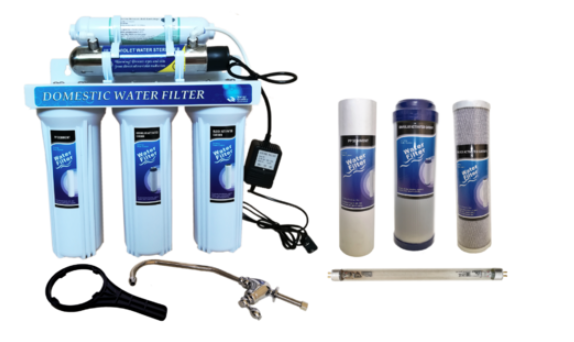Enhancing Software Testing with Shift Left Testing and Automated Regression Testing
In today’s fast-paced tech world, software testing is an essential component of the development process. Without rigorous testing, the chances of launching faulty software increase, leading to poor user experiences and costly errors. With this in mind, development teams are increasingly turning to innovative strategies to enhance their testing procedures. Two such approaches gaining significant traction are shift left testing and automated regression testing. These techniques are transforming how companies approach software quality, ensuring better products and quicker releases.
Understanding Shift Left Testing
Shift left testing refers to the practice of moving testing activities earlier in the software development lifecycle. Traditionally, testing was a phase that occurred toward the end of the development process. However, with shift left testing, testing begins much earlier, often during the initial design and development stages. This approach allows issues to be identified and addressed before they evolve into more significant problems, reducing the cost and time spent on fixing defects later. The key benefit of shift left testing is its ability to catch bugs in real-time, enabling developers to fix them immediately rather than after the development is complete.
By incorporating testing at earlier stages, teams can improve collaboration and streamline the feedback process. This approach not only improves software quality but also accelerates the overall development timeline, as defects are caught and corrected early in the process. As the demand for faster, more reliable software grows, the adoption of shift left testing is proving to be a valuable strategy for development teams.
The Role of Automated Regression Testing
Once development and testing processes are underway, automated regression testing plays a crucial role in ensuring that the code remains robust as changes are made. Automated regression testing involves running predefined test scripts on the software to verify that new changes or features do not negatively affect existing functionality. By automating this process, teams can run tests quickly and consistently, significantly reducing the manual effort required for repetitive testing tasks.
The power of automated regression testing lies in its efficiency. It allows testing to be done on-demand, enabling rapid feedback loops. Moreover, automation ensures that tests are executed consistently every time, reducing the risk of human error. With the growing complexity of modern software applications, the need for automated regression testing has become even more apparent. This testing method helps maintain software integrity, especially when frequent updates or changes are implemented.
Benefits of Shift Left Testing and Automated Regression Testing
Together, shift left testing and automated regression testing offer a comprehensive approach to software quality. By identifying and addressing bugs early with shift left testing, teams can avoid costly rework later in the development cycle. On the other hand, automated regression testing ensures that as the code evolves, it continues to meet the necessary quality standards. The combination of these methods helps companies deliver reliable, high-quality software at a faster pace.
By utilizing both approaches, development teams can build a proactive testing strategy that not only ensures the software functions correctly but also improves overall efficiency. This dual approach enables teams to remain agile and responsive, adapting to changes quickly while maintaining the software’s quality.
The Future of Software Testing with Webomates.com
As the software development landscape continues to evolve, so too do the testing methods employed by teams. With shift left testing and automated regression testing becoming standard practices in many organizations, the need for innovative solutions is greater than ever. Tools and platforms like webomates.com offer specialized services to support teams in implementing these advanced testing techniques effectively. By integrating shift left testing and automated regression testing into their workflow, organizations can stay ahead in a competitive market while ensuring the quality of their software products.
Conclusion
Combining shift left testing with automated regression testing is essential for modern software development. This integrated approach helps to identify issues early, maintain code quality, and accelerate the release process. Platforms such as webomates.com are leading the way in offering solutions that help development teams adopt these powerful testing methods, ultimately ensuring better software quality and faster time-to-market.













